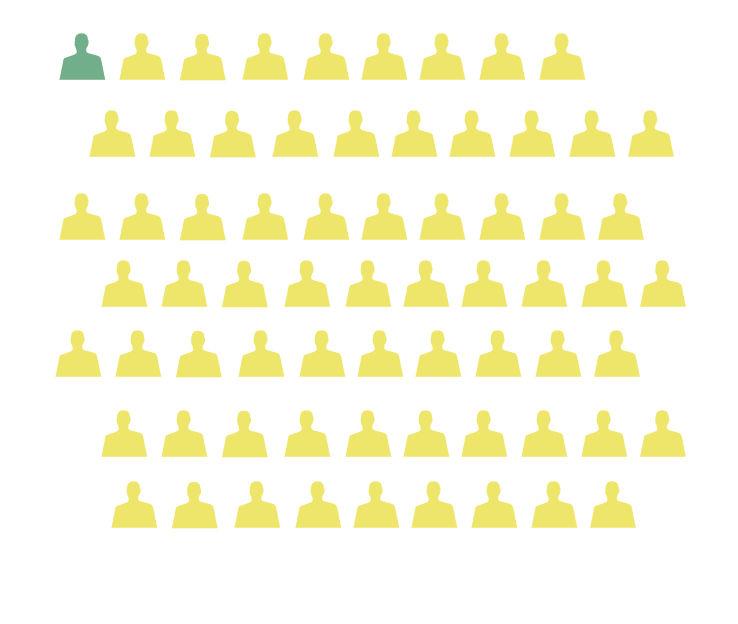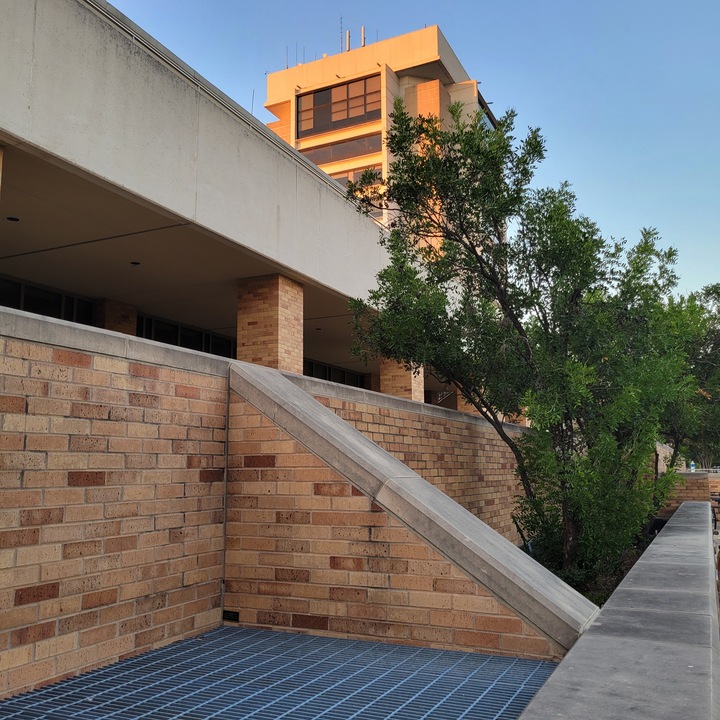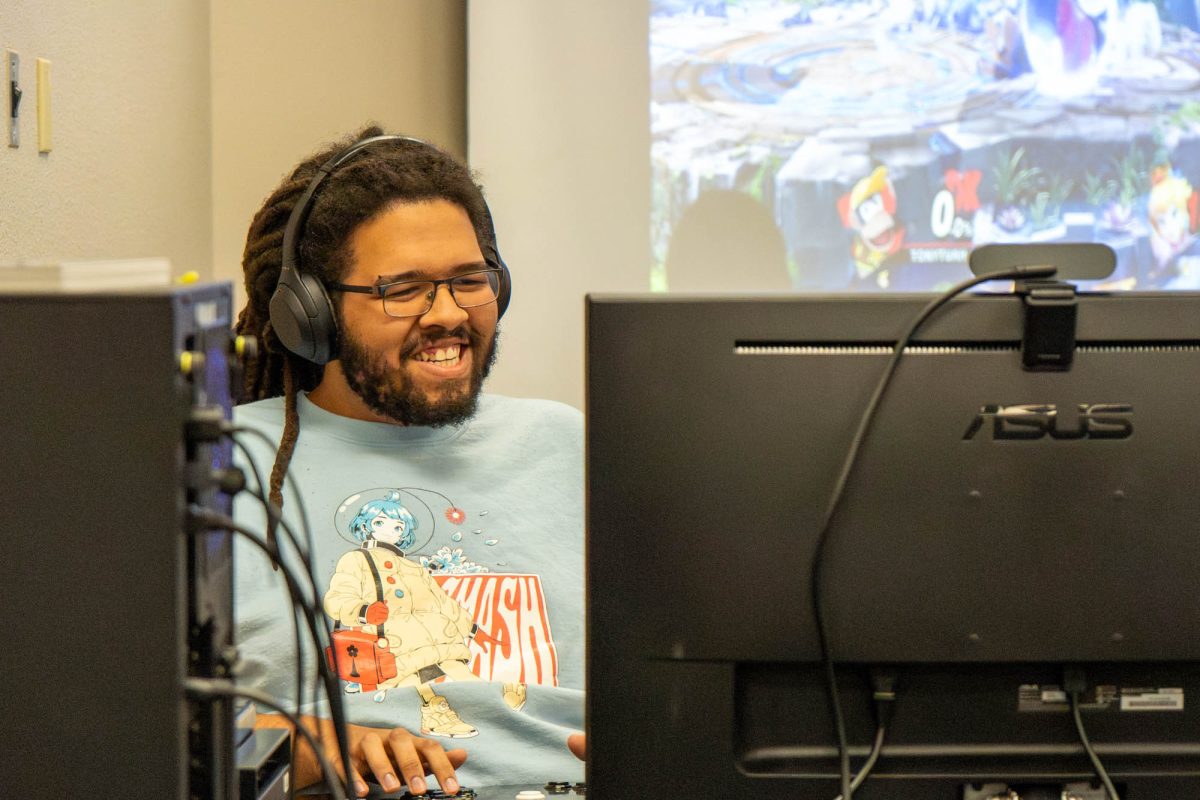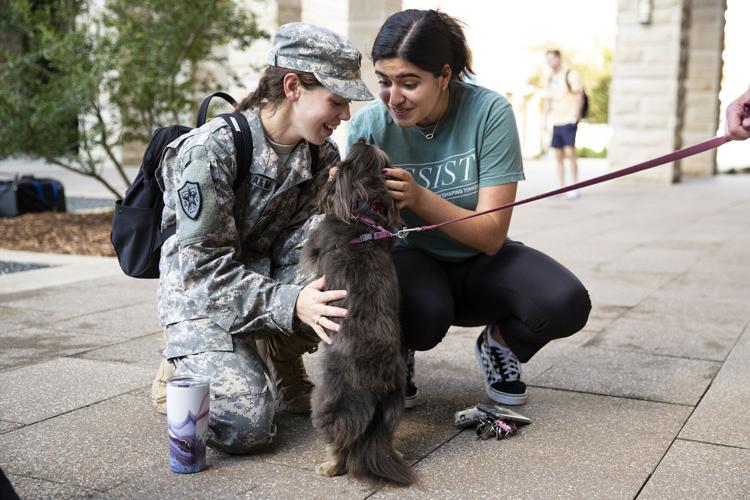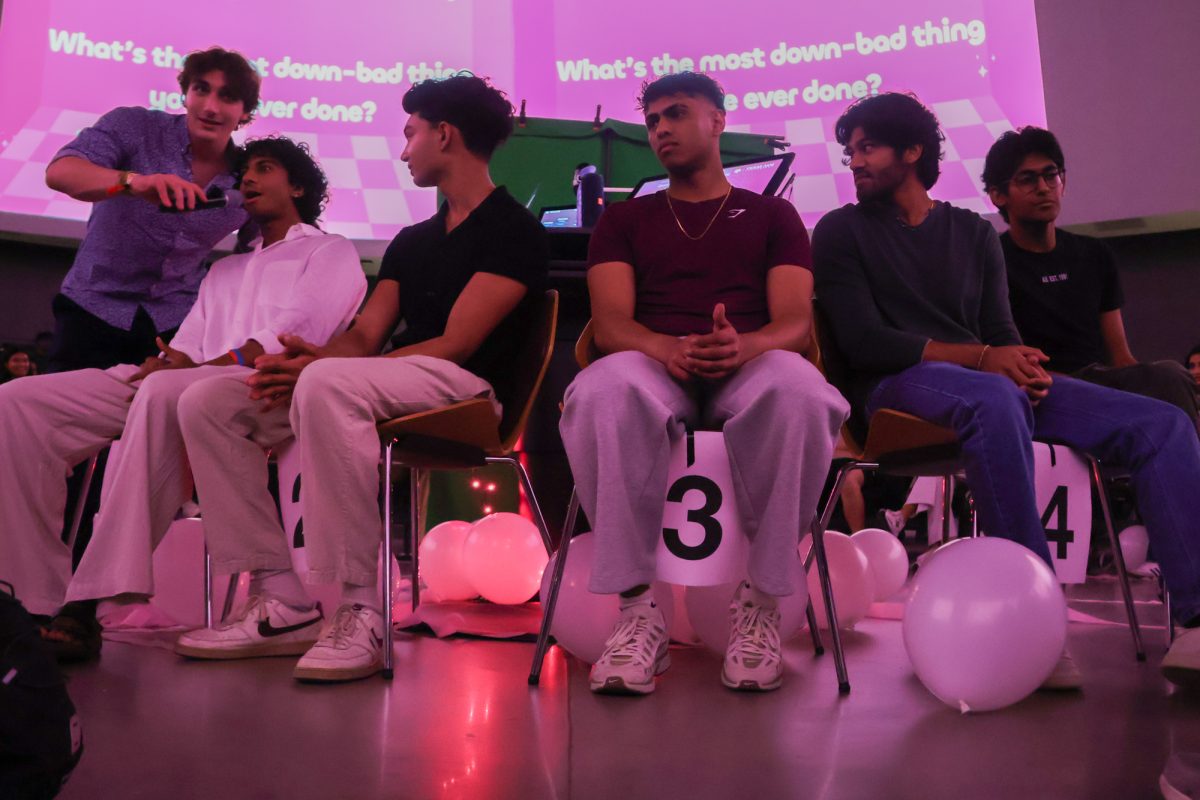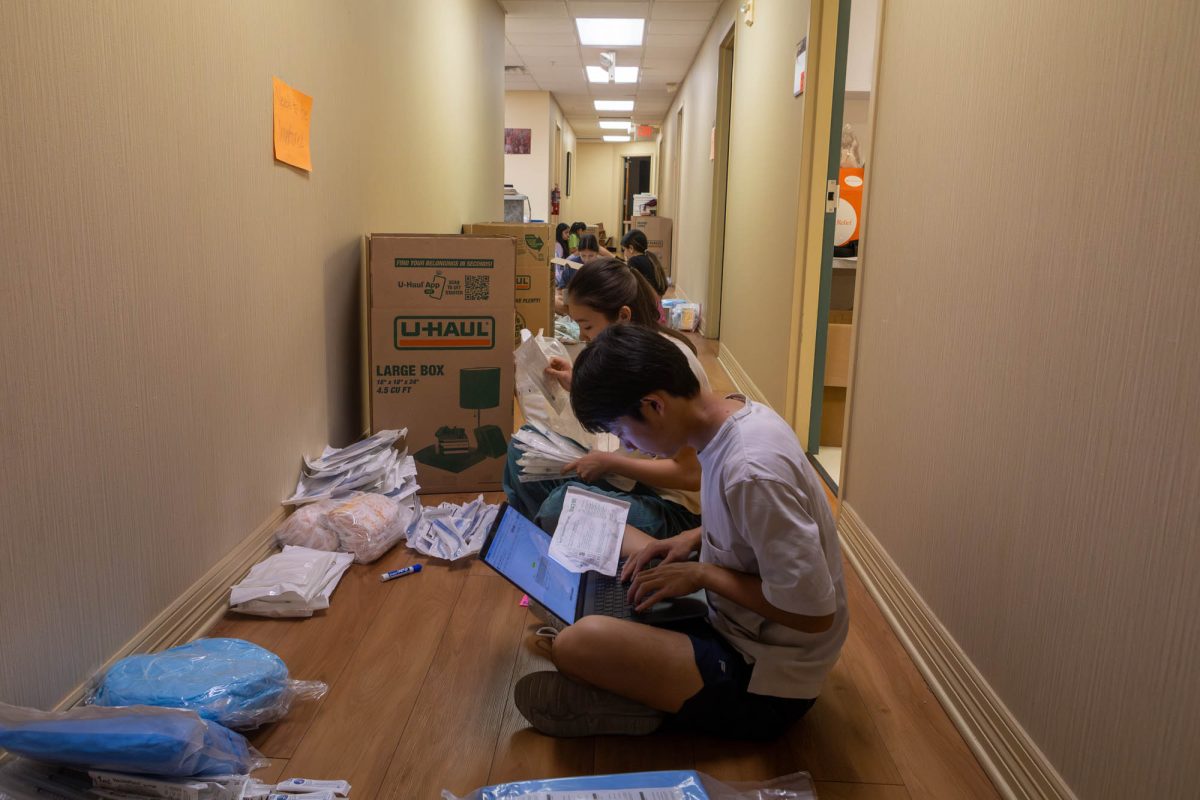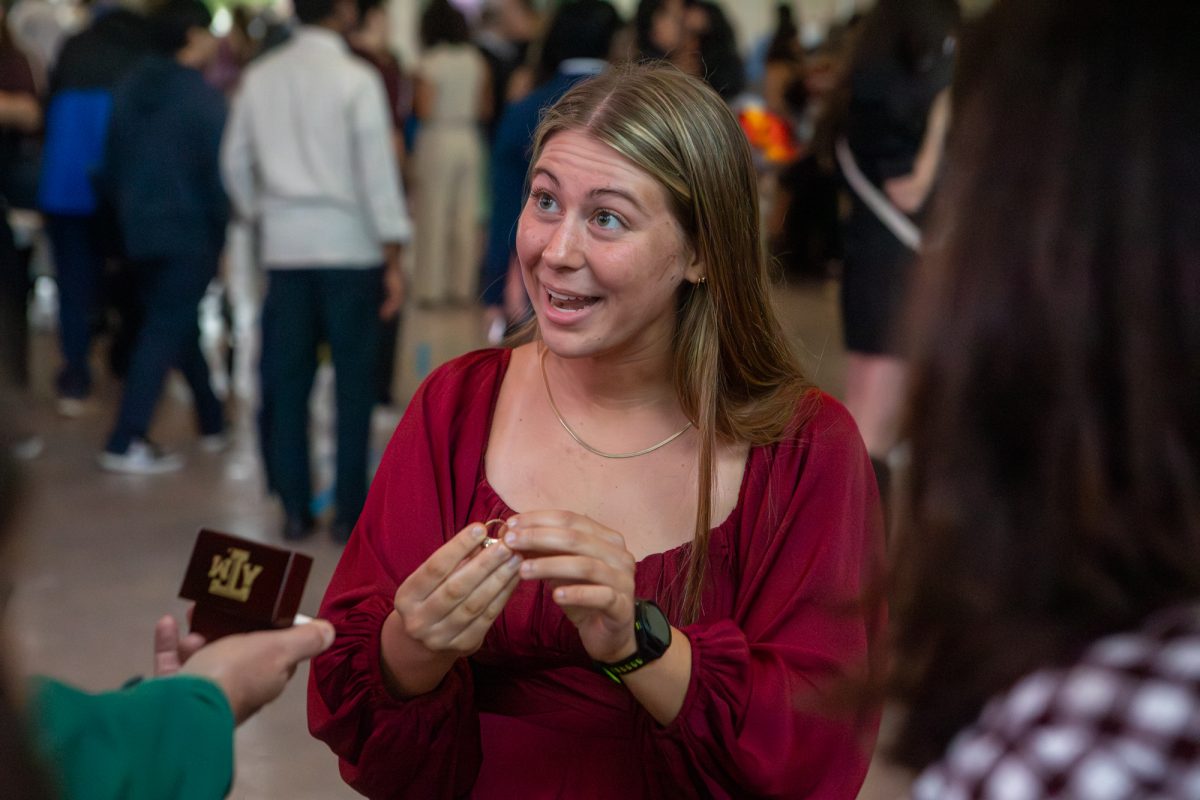According to the organization Autism Speaks, one in every 68 children are born within the autism spectrum. Averi Fister, a graduate of the Postsecondary Access and Training in Human Services (PATHS) Program at Texas A&M was one of those children.
Fister, who has Asperger syndrome, said obstacles were presented due to her disability that she had to overcome at a young age.
“I have Aspergers, it got miscategorized as ADHD for a while but it is on the autism spectrum,” Fister said. “Because of this I was moved to other classes… I was in behavioral problem classes where they shoved other kids who had behavioral issues and that really stunted me a lot when I was a kid. It caused a lot of problems that I’ve had to overcome.”
Fister noted that this scenario is common for many students with disabilities, and said that an increase in awareness would lead to an increase in understanding.
“I think that Autism as a whole—the whole spectrum—is still fairly misunderstood and awareness for something is never a bad thing,” Fister said.
Jeni Ganz, professor of special education and educational psychology, has been working with students with special needs since 1996 and said that in her experience and research she has seen behavior that contradicts common misconceptions.
”Because it’s primarily a social communication disorder people often think that individuals with autism are not affectionate or loving and that is not true,” Ganz said. “I know many of the children and adults I work with demonstrate this through their behavior.”
Layla Shahhosseini, university studies junior and recruitment chair of Autism Speaks U, an autism awareness organization at A&M, said that she became involved with creating awareness efforts because her brother is autistic and she saw the struggles he goes through.
“A lot of people just don’t understand and it’s very hard when they either just straight up ignore him or shut him out,” Shahhosseini said. “It’s just not the respect that humans should be treated with and that has also driven me to be a part of [Autism Speaks U].”
Shahhosseini said that awareness and action are necessary to address and reduce misconceptions and create a welcoming environment for all students.
“A huge misconception is that people don’t think that [people with autism] can see and understand how you are treating them when they definitely can,” Shahhosseini said. “It is super important that people are aware of what autism is, how students with autism are affected and how we can better lives by just being friendly and making their environment a welcoming place.”
Ganz said that awareness alone is not enough to combat misconceptions, but when paired with learning opportunities and interaction awareness can lead to understanding.
“I don’t know that I think awareness in itself is that helpful,” Ganz said. “I think if people are made aware and then take advantage of opportunities to learn more about people with autism then I think that is useful… If something can inspire them to get to know people with autism and understand them a little better then that is the best outcome.”
Fister said that one of the take-aways that she hopes students gain is noting that each person on the spectrum has their own valid struggles.
“Something that somebody tells me a lot is ‘Oh you’re so high-functioning I almost don’t think you’re autistic.’ When inside it feels like I am keeping a dingy together with duct tape and a single oar. It’s a lot of work keeping yourself together, so understand what people are going through,” Fister said. “I would let [students on the spectrum] know that it’s fine. You’re not busted. There is nothing wrong with you. You don’t need to be fixed at all.”
Autism awareness at A&M
October 30, 2017
Photo by By Mariah Colón
According to Autism Speaks, 1 in every 68 children are within the autism spectrum.
0
Donate to The Battalion
$2790
$5000
Contributed
Our Goal
Your donation will support the student journalists of Texas A&M University - College Station. Your contribution will allow us to purchase equipment and cover our annual website hosting costs, in addition to paying freelance staffers for their work, travel costs for coverage and more!
More to Discover



